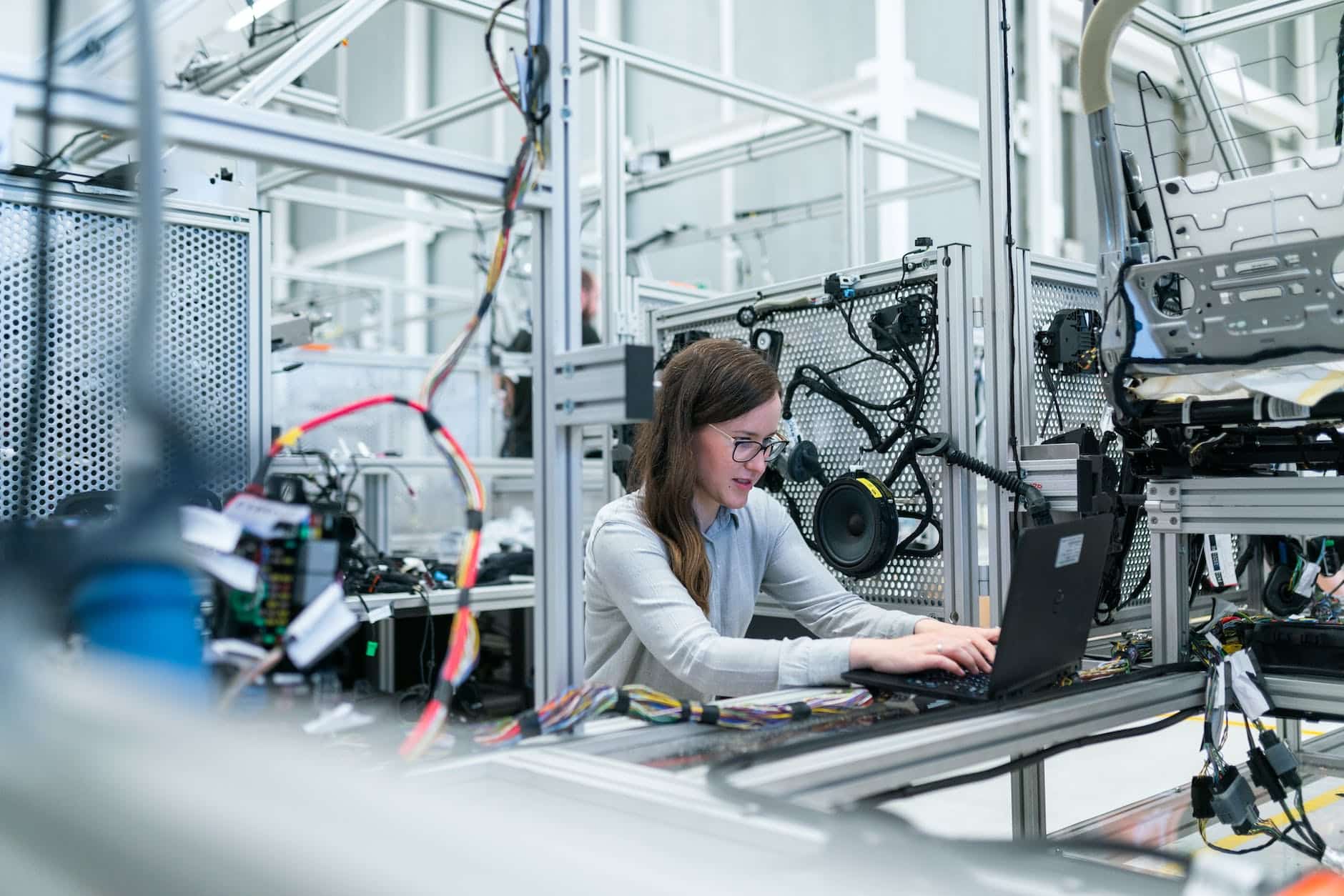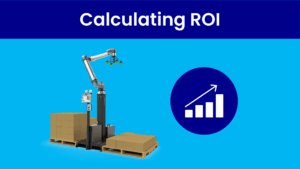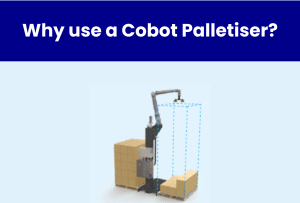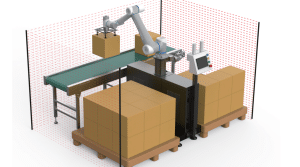The Basics
Product development and product design are two closely related processes which some use interchangeably. Though they are closely related, there are important differences and this article will give you an overview of each of their strengths.
For most, Product Design can be viewed as a subset of Product Development. Product designers need to understand human behaviour and ergonomics to maximize the user experience with the product. In contrast, product developers must consider how the product will fit in the market, how the design will get into the user’s hands, how the design and the manufacturing method can fit together and must constantly be balancing the product’s user requirements, cost, marketability and functional excellence.
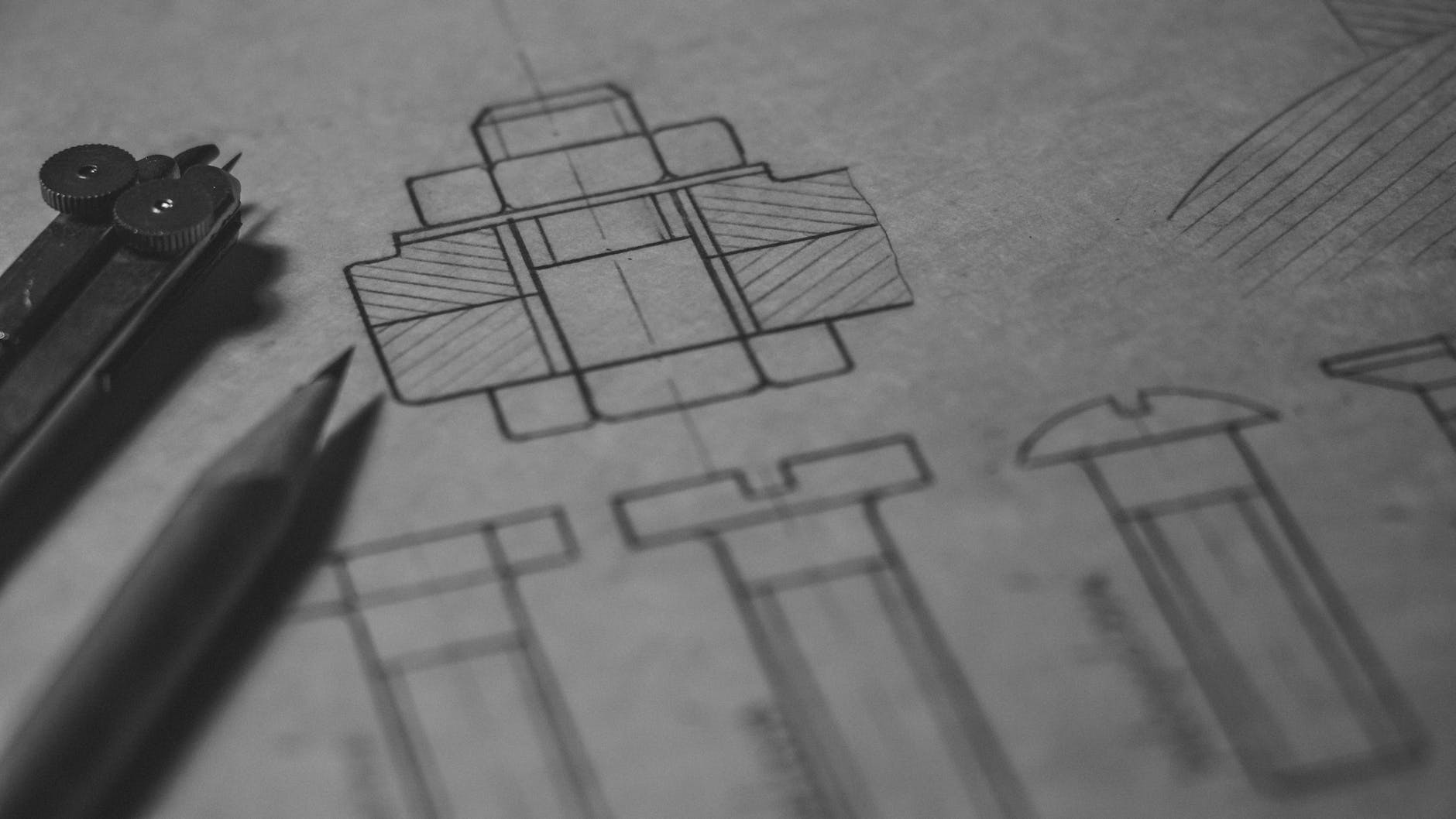
As you would expect, there are a lot of similarities between the two roles. Both obviously need to know how to create their own work and bring creative solutions to complex problems, but they also need to know how to manage projects, collaborate with other team members, handle client relations and lots more.
Product Design
Product designers are responsible for carrying out the creative process by designing different aspects of a product or service—from its appearance down to its functionality—in order to make them functional while still looking good! As part of this role, they’ll usually work closely with UX (user experience) experts too who focus on how products can be used effectively by customers so that both parties get the maximum benefit from what’s produced through collaboration between departments within an organization.”
Aza Raskin is a writer, entrepreneur, inventor, and interface designer. He has worked as the head of user experience at Mozilla Labs and as lead designer for Firefox, and has founded a number of companies. He is also the inventor of the infinite scroll.
He is a designer who recognizes the importance of good design. All Product Designers need to understand what their users want and need from the product in order to create something useful and desirable. In order for this process to be successful, designers must understand their target demographic in order for them to build something relevant to their needs.
What does a Product Designer do?
Product Designers have to consider all aspects of the use of their design, which obviously covers a lot of different factors. We have laid out the most important below, but it is by no means an exhaustive list
Needs
The most important factor that Product Designers need to get to grips with is the needs of their target users, then their goal is to create products that meet those needs. Understanding those needs is a difficult task. The best way to find out what they are is to visit, watch, speak with, interview, or call the expected user or customer.
Human Factors
Product designers need to understand human behaviour and human factors. Human Factors are a body of knowledge about human abilities, human limitations, and other human characteristics that are relevant to design.
Materials & Manufacture
They have a good understanding of the materials they will be working with and the processes involved in manufacturing those materials.
The designer alone has the responsibility for bringing all these factors together in order to create a successful product.
Why a Designer?
In summary, product design is focused on the technical aspects of bringing an idea to life, such as user experience, functional requirements and optimising material selection. A product designer may have experience in:
What does a Product Developer do?
Product development is the overarching discipline which very often encompasses product design. It has the goal of bringing a product to market. This goal tends to be more commercially focused than that of the product designer. Where a designer may be interested in customer needs and use cases. A developer is also interested in:
A developer’s focus on balancing the product cost, design requirements, customer needs and commercial viability is crucial to a product’s success.
Why a Product Developer?
Product development often covers many stages of getting a product from an idea into the customer’s hands and the development process can be used to make a new product or improve an existing one. Revamping older products with new manufacturing methods and materials is a great way to reduce cost, make your product greener or give it a facelift.
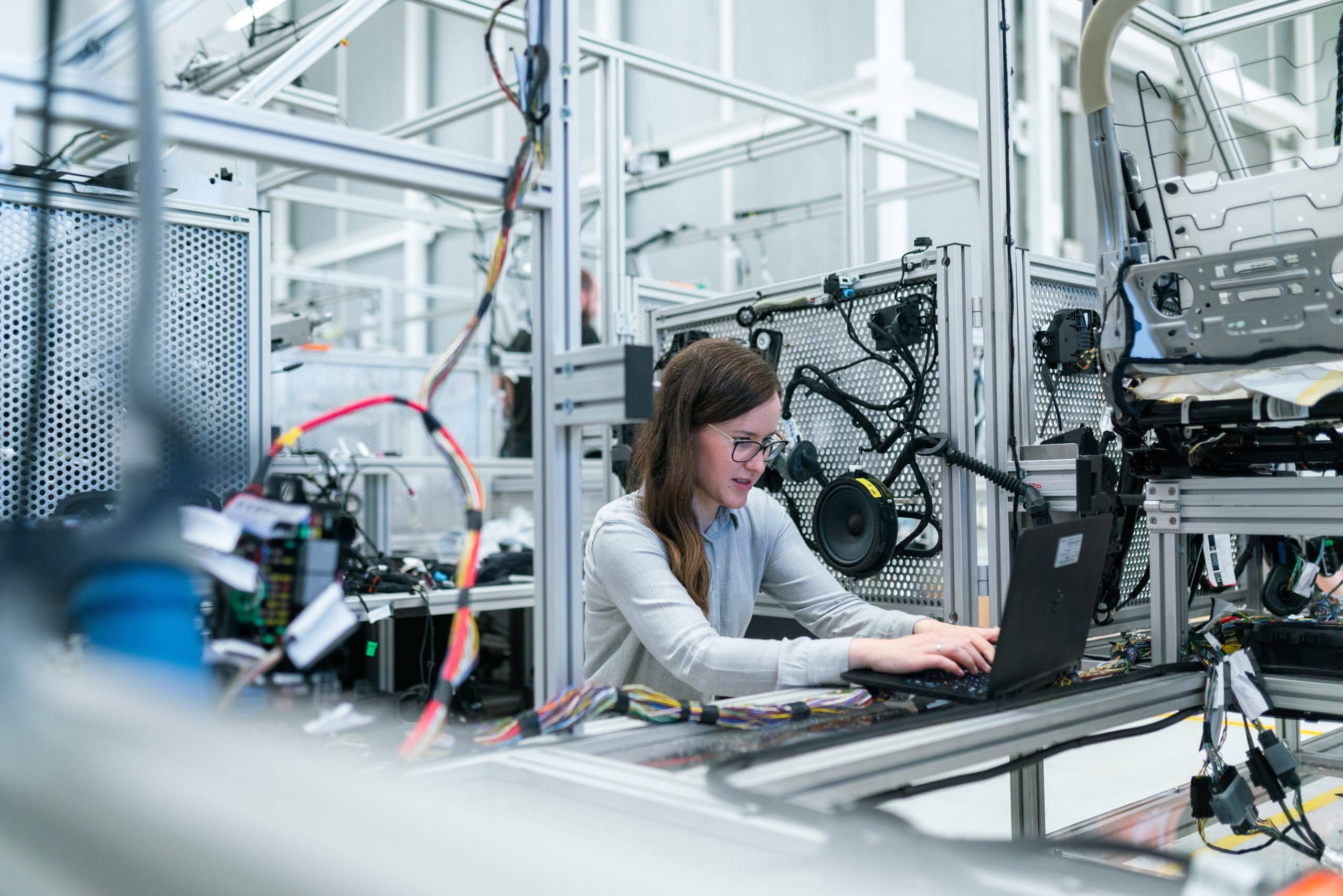
Development may be preferred when looking at more industrial goods. These a products where the function may trump the aesthetic. This is especially common in a factory or assembly environment where there may be a long list of process requirements including speed, safety, and accuracy, but the final product will never be marketed or sold on a tv or website ad. The developer does not ignore the tenets of the designer (UX and optimisation), but they may take a back seat to cold-blooded functionality.
A product developer may be involved in:
Where Do You Need To Get To?
Product design focuses on making sure the user experience is optimal and making it easy for users to interact with the product. Product design is focused on creating the look and feel of a product.
The product development process is more holistic and includes market research, manufacturing methods and commercialisation. It’s all about creating a successful product that can be put in the hands of your customers.
The best way to understand the difference between product design and product development is by considering where you need to get with your project. If your goal is simply to create a prototype of a new product or you want to optimise a current design then this might best be done by a designer.
However, if you want to bring your product idea into production and introduce it into the market then it may require the skills of a product developer. A product developer will have many of the necessary skills of the designer but also experience in other disciplines such as industrialisation or marketing. They will understand how to make your product on an industrial scale and get it noticed by your customers.
Let us know if you need some help getting your product made. We’d love to hear from you!

